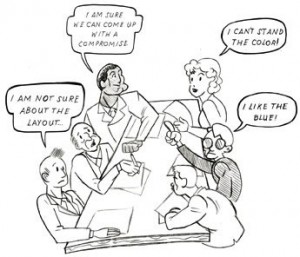
Chad Bauman
Are Subscriptions Dead? Maybe Not (Part 2)
Posted by Oct 05, 2011

Chad Bauman
In Part 1, Chad discussed how Arena Stage conducted research to determine if subscriptions still worked for their organization. Below, and in Part 3, he discusses some of the tactical changes Arena Stage has made as a result of that work:
Simplified Pricing.
Our previous subscription pricing strategies were incredibly complicated. I remember spending hours poring over pricing strategy, and at the end thinking that one would have to be a CPA to understand how our pricing model worked. We decided that in order to create an effective value proposition, subscription pricing would have to be clear and easy to understand.
We worked for weeks to develop a simple pricing structure that could be messaged easily, such as "buy 6 plays, get 2 plays free." The new pricing structure allowed us to easily communicate a value proposition and to eliminate complicated order sheets, replacing them with order forms that could be filled out easily.
Clear, concise and transparent pricing was pivotal to effectively communicating the value of a subscription.
Read More














